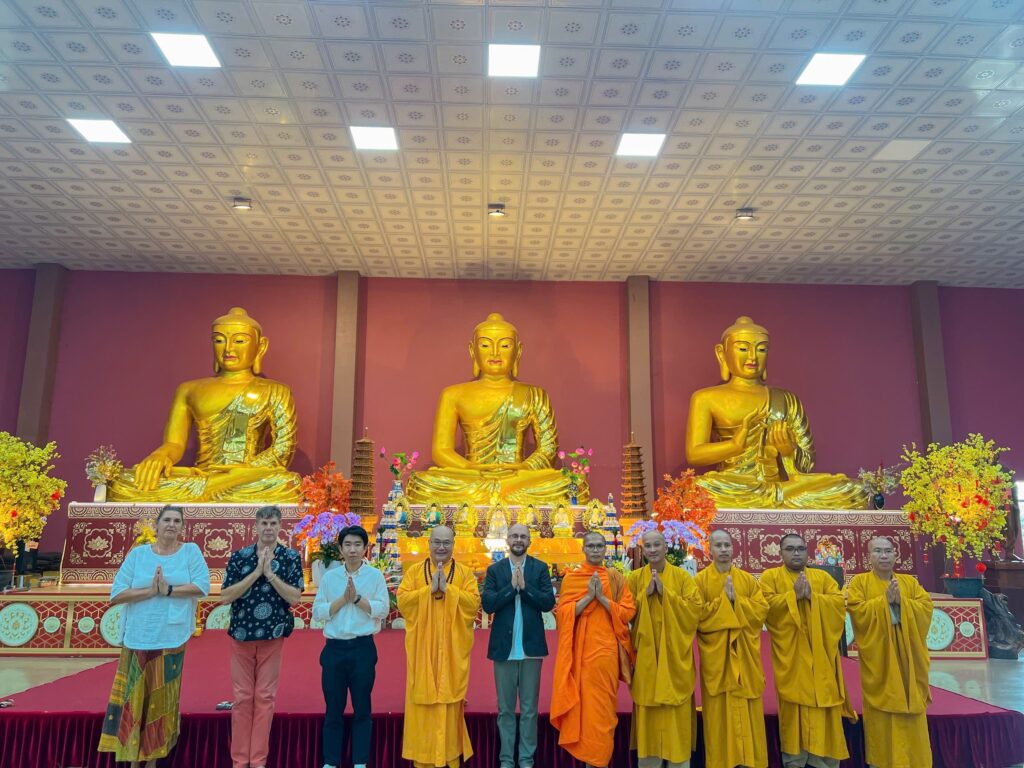
According to a Hindu proverb, “If you want to know what a tiger is like, look at the cat.” Applied to the Ind Languages (Pali and Sanskrit) specialization within the master’s program, this could be rephrased as: If you want to understand Sanskrit, look at Pali.
This specialization is not a language major but a four-semester program of language and text-reading courses. Through a comparative approach that highlights linguistic similarities and correspondences, it addresses both languages simultaneously. More precisely, after developing an appropriate level of language proficiency, students work with Buddhist texts that have been preserved in both languages.
Prior knowledge of Pali (or Sanskrit) is required for these studies, ensuring that applicants are aware of the commitment and dedication needed for this intensive training.
And since we are already talking about furry animals, two Pali terms come to mind: anuloma and patiloma. Their meanings—”with the grain” and “against the grain”—not only describe methods of stroking animals but also serve as cognitive models. It is essential to examine things (texts and their messages) thoroughly, from all perspectives. The good news is that Buddhist texts neither scratch nor bite.
The core concept of the MA program is fundamentally different from that of the BA. The theoretical courses assume prior knowledge, while those focusing on Buddhist or comparative philosophy are even more problem-centered, encouraging students not just to absorb information but to think critically, engage in research, and develop creativity. Similarly, the practical courses build on previous experience, deepen understanding, and promote insight. The Ind Languages (Pali and Sanskrit) specialization follows this same approach: it requires prior knowledge of Pali (or Sanskrit) and expands upon it to deepen language proficiency. This, in turn, enhances text comprehension, broadens interpretative skills, and fosters critical thinking.
The teaching methodology synchronizes students’ existing and developing Pali (and Sanskrit) skills. By presenting and analyzing the phonetic, morphological, and syntactic similarities between the two languages, it adopts a comparative approach to studying both languages and the Buddhist texts written in them. The focus on Buddhist texts is a key criterion, as the available time and credits do not allow for an exhaustive study of classical Sanskrit. However, texts preserved in both Pali and Sanskrit offer excellent opportunities to explore the characteristic linguistic and conceptual elements of Sanskrit Buddhist literature with the same depth as those of the Pali tradition.
The specialization consists of two 90-minute contact hours per week over four semesters, dedicated to language training and text reading. Complemented by theoretical coursework, it also requires independent, in-depth study. Additionally, students are expected to develop proficiency in academic research, which makes reading comprehension in English essential. The specific focus of the curriculum and text selection will be adapted to students’ prior linguistic knowledge, research interests, and thesis topics.